Species / Location
The Amargosa vole (Microtus californicus scirpensis) is a water-dependent, highly endangered species that exists only in wetlands of the Amargosa Basin in the Mojave Desert (Fig. 1). Historically, the vole inhabited spring fed marshes and riparian habitat near Shoshone and Tecopa, CA. Over time, suitable habitat has decreased due to changes in local hydrology and anthropogenic conversion of wetland habitat to other habitat types. Once contiguous marsh habitat now occurs in fragmented patches, making Amargosa Voles at risk of extinction (Fig. 2).
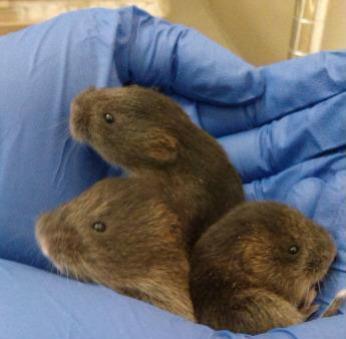 Amargosa voles bred through captive breeding efforts. CDFW photo Nora Allan.
Amargosa voles bred through captive breeding efforts. CDFW photo Nora Allan.
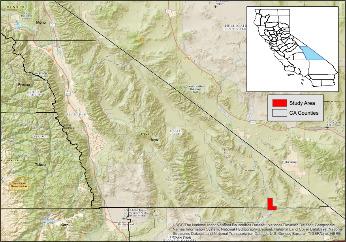 Map of project area. CDFW photo Austin Roy.
Map of project area. CDFW photo Austin Roy.
Need for Drought Stressor Monitoring
It is not well understood how ground and aquifer water exploitation, drought conditions, and climate change will affect this fragile network of desert wetlands and the vole. Possible impacts could include reduced stream flows, reduced soil moisture to support bulrush vegetation, increased evapotranspiration, reduced vegetation growing seasons, changing water temperature regimes, altered water quality, changes in marsh size, and changes in connectivity. Although data on habitat and vole are incomplete, there is evidence of accelerating habitat degradation, population diminishment, and metapopulation collapse further endangering the Amargosa vole. Collapse of core habitat since 2010 resulted in an unacceptably high one-year extinction risk of 10%. An up-to-date range-wide assessment of vole population status, analysis of habitat resiliency, habitat restoration efforts, stressor monitoring, and creating an insurance population of voles were urgently needed to avert extinction.
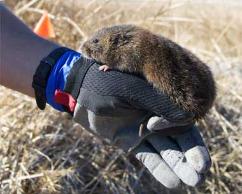 Figure 1. Adult Amargosa vole. Photo Andrew DiSalvo.
Figure 1. Adult Amargosa vole. Photo Andrew DiSalvo.
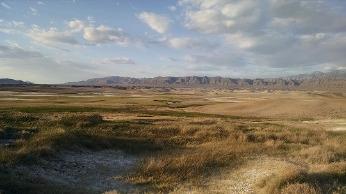 Figure 2. Amargosa vole habitat. CDFW photo Austin Roy.
Figure 2. Amargosa vole habitat. CDFW photo Austin Roy.
Stressor Monitoring Efforts
Habitat Restoration
CDFW has partnered with the University of California Davis, US Fish and Wildlife Service (USFWS), and Bureau of Land Management (BLM) to restore the key 2-hectare habitat patch that has degraded since 2010 due to changes in hydrology.
Range-wide Assessment
 Figure 3. Vegetation survey.Photo Alanna Burhans, UC Davis.
Figure 3. Vegetation survey.Photo Alanna Burhans, UC Davis.
CDFW along with UC Davis and the US Geological Survey are conducting a range wide assessment of vole populations and habitat. The team is conducting live-trapping and non-invasive surveys to determine occupancy of Amargosa voles throughout the species’ known range. Habitat characteristics such as vegetation (Fig. 3), soil moisture, and ground water levels are being documented.
Captive Breeding
In 2014, the number of voles in a badly degraded marsh that had formerly been the most important habitat patch for the population was starting to exceed the carrying capacity of the marsh. Thus 20 young voles that would have likely perished were removed from the wild and taken to UC Davis to start a captive breeding colony. In 2016, drought funding was awarded to continue supporting the captive breeding colony.
Findings
Habitat Restoration
In Spring of 2016, drought funds were used to support an intensive restoration effort of the habitat patch that had formerly supported the largest number of voles. CDFW and UC Davis successfully translocated 46 voles out of the degraded marsh into healthier habitat prior to starting restoration efforts. Stephanie Castle, a graduate student at UC Davis then led a large multiple-agency and citizen team to remove over 13 truckloads of dead bulrush litter (Fig. 4) which was preventing the marsh from regenerating new bulrush, and also raised the water level to promote new plant growth. Preliminary observations suggest that the marsh is responding well to restoration efforts and the bulrush vegetation that the voles depend on is starting to re-grow (Fig. 5).
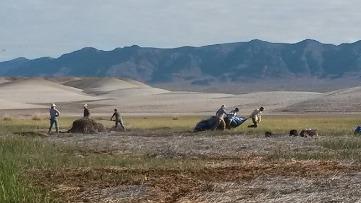 Figure 4. Bulrush litter removal. Photo Risa Pesapane, UC Davis.
Figure 4. Bulrush litter removal. Photo Risa Pesapane, UC Davis.
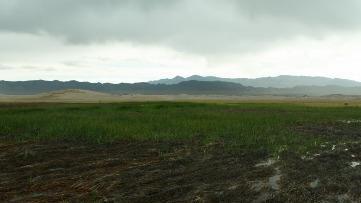 Figure 5. Bulrush regeneration after litter removal. CDFW photo Austin Roy.
Figure 5. Bulrush regeneration after litter removal. CDFW photo Austin Roy.
Range-wide Assessment
Through live-trapping (Fig. 6) and non-invasive efforts (Fig. 7), voles have been documented in 21 marshes. The team has also documented voles utilizing habitat types (rushes and Phragmites) that were previously thought to be unsuitable habitat for voles. In addition to occupancy data, new data on which plant species consumed by voles has been collected. A habitat map has been created from the vegetation data. CDFW and collaborators will continue to use these data to predict vole occupancy and abundance under varying climate scenarios.
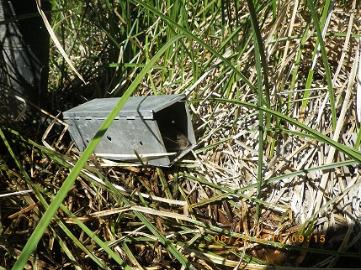 Figure 6. Amargosa vole being released from a live-trap. CDFW Photo Austin Roy.
Figure 6. Amargosa vole being released from a live-trap. CDFW Photo Austin Roy.
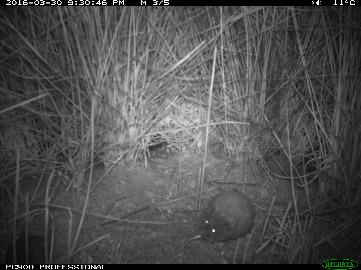 Figure 7. Trail camera photos are used to monitor the population within the marshes. CDFW photo Austin Roy.
Figure 7. Trail camera photos are used to monitor the population within the marshes. CDFW photo Austin Roy.
Captive colony
From 20 founder individuals, approximately 160 voles have been bred in captivity. The colony has provided valuable, previously unknown insights into Amargosa vole behavior, reproduction, health, and dietary needs. Drought funds were used to purchase new caging and enclosure materials and to improve day-to-day management of the colony.
Future Efforts
Our team will continue to monitor habitat changes following restoration efforts in the marsh, with the eventual goal of reintroducing additional voles back into healthy habitat. Fieldwork for the range wide assessment project will continue through the end of 2016. This “on-the-ground” data will be combined with satellite-based data to assess the impact of drought and model potential climate change impacts in the marshes that support the vole and other endemic species. We also anticipate this data will help agencies determine areas where additional habitat restoration efforts and creation of habitat corridors would have the most benefits for the species. The captive colony will continue to serve as an insurance population against extinction and future releases are being planned in concert with habitat restoration efforts. The ultimate goal of these efforts by CDFW and its partners is to ensure that the Amargosa vole and the other unique species that depend upon these marshes in the desert are conserved for now and into the future.
CDFW
UC Davis
More information about the Amargosa vole program and program updates can be found at: